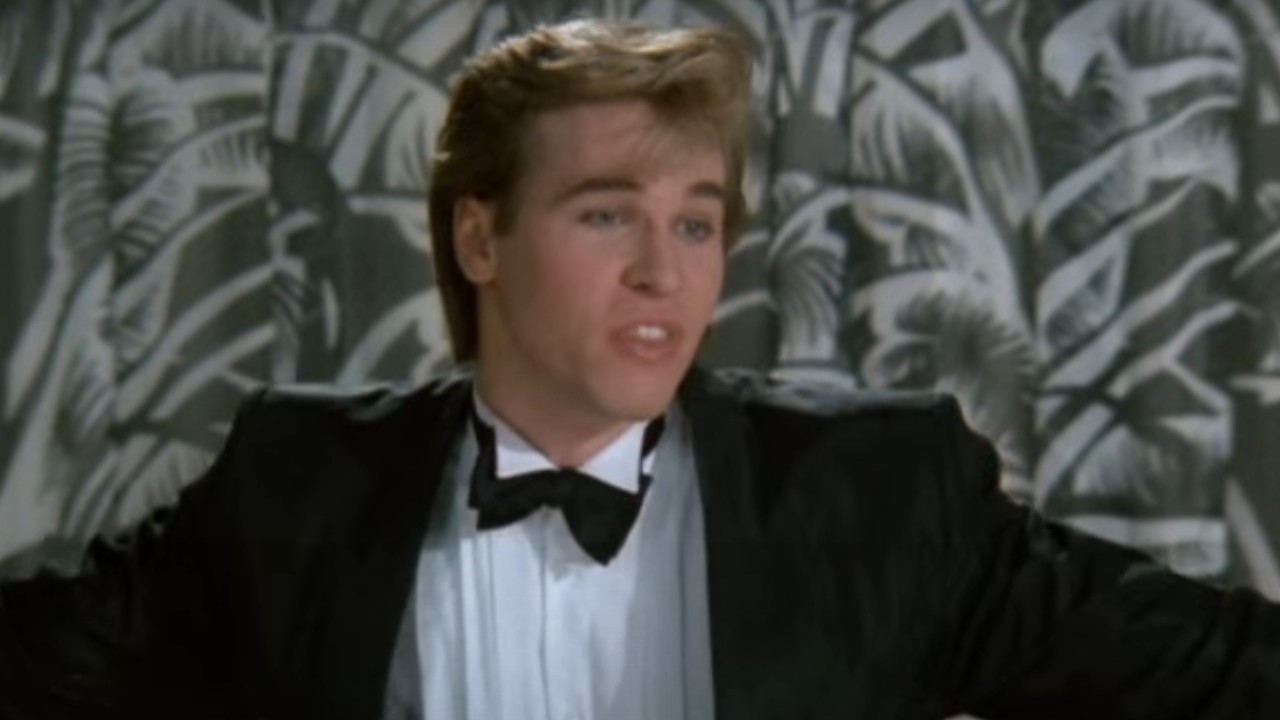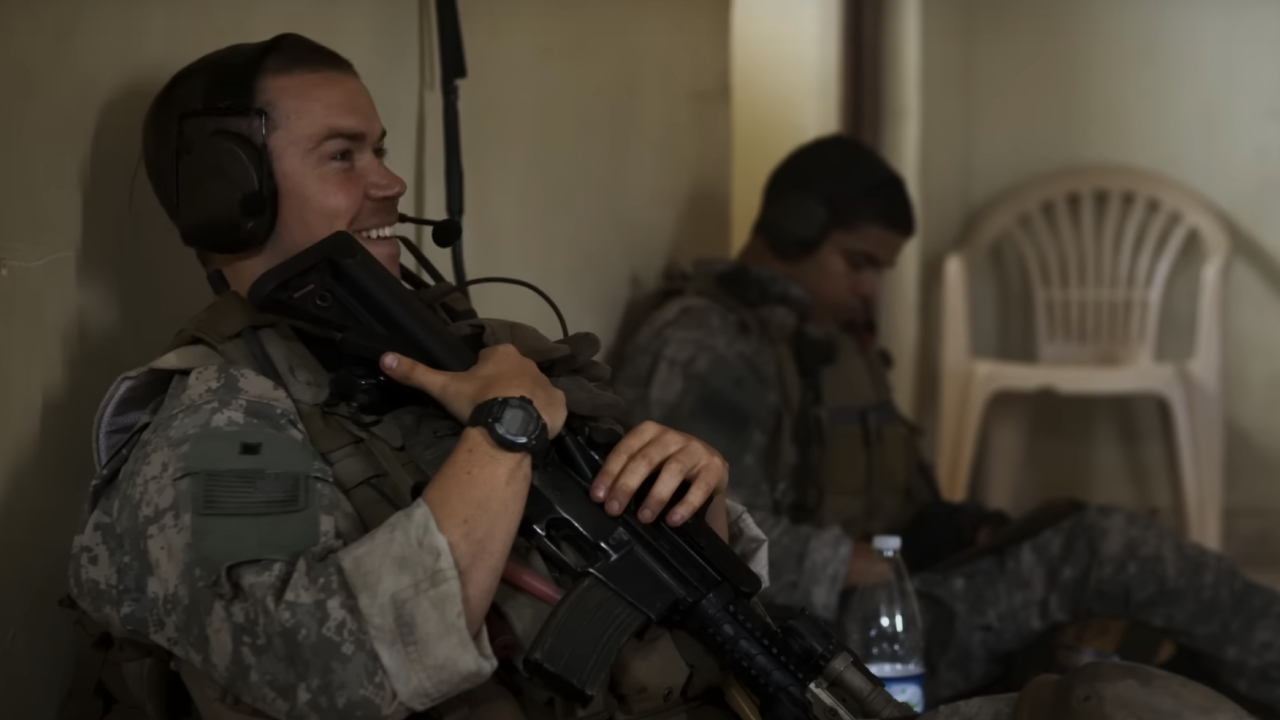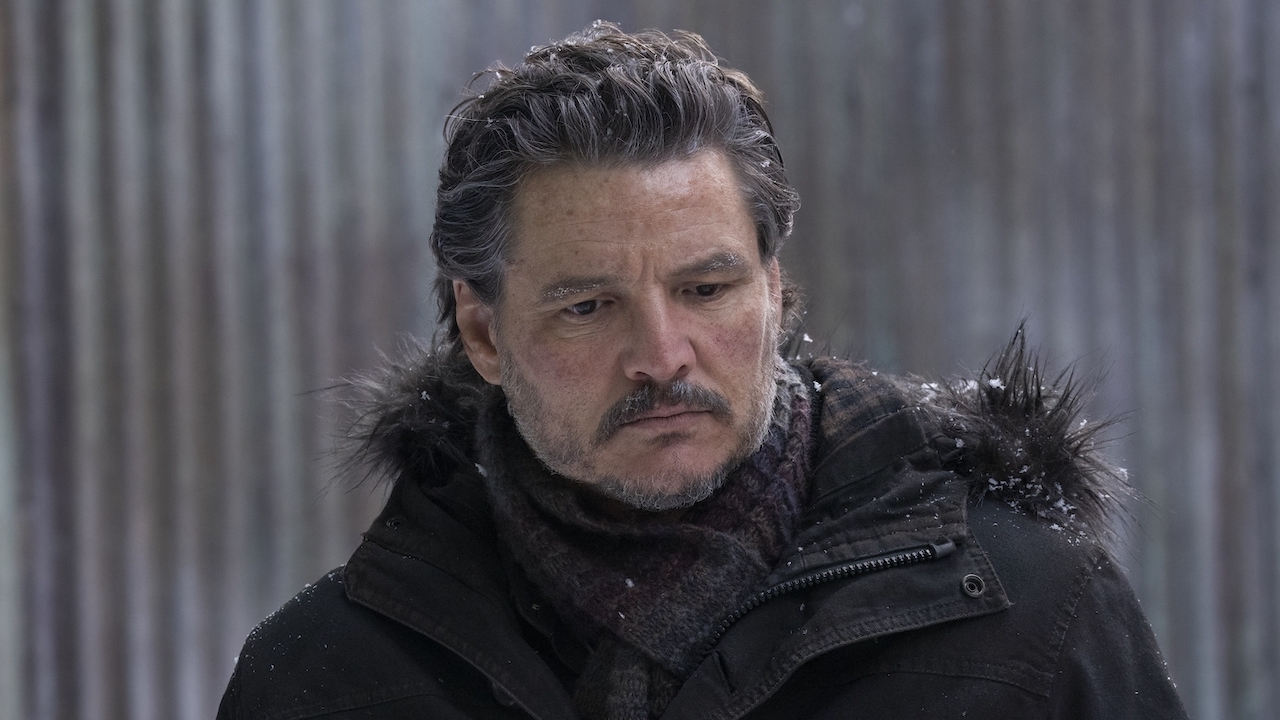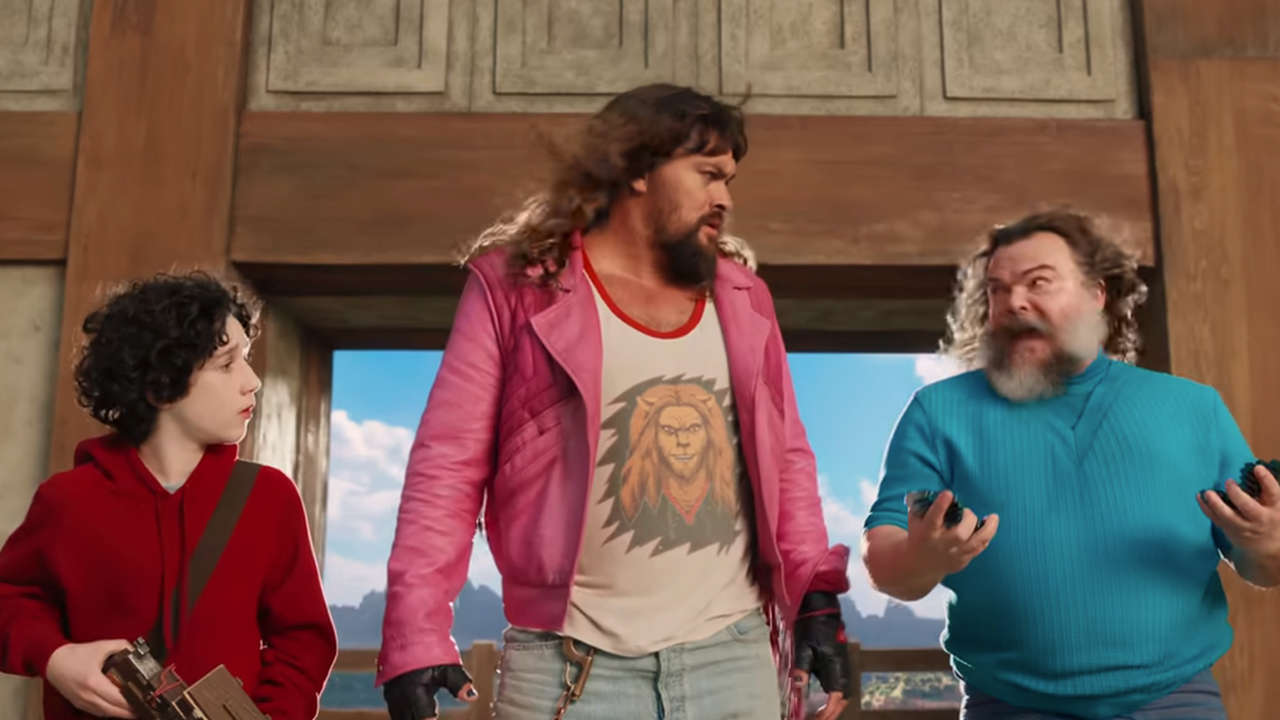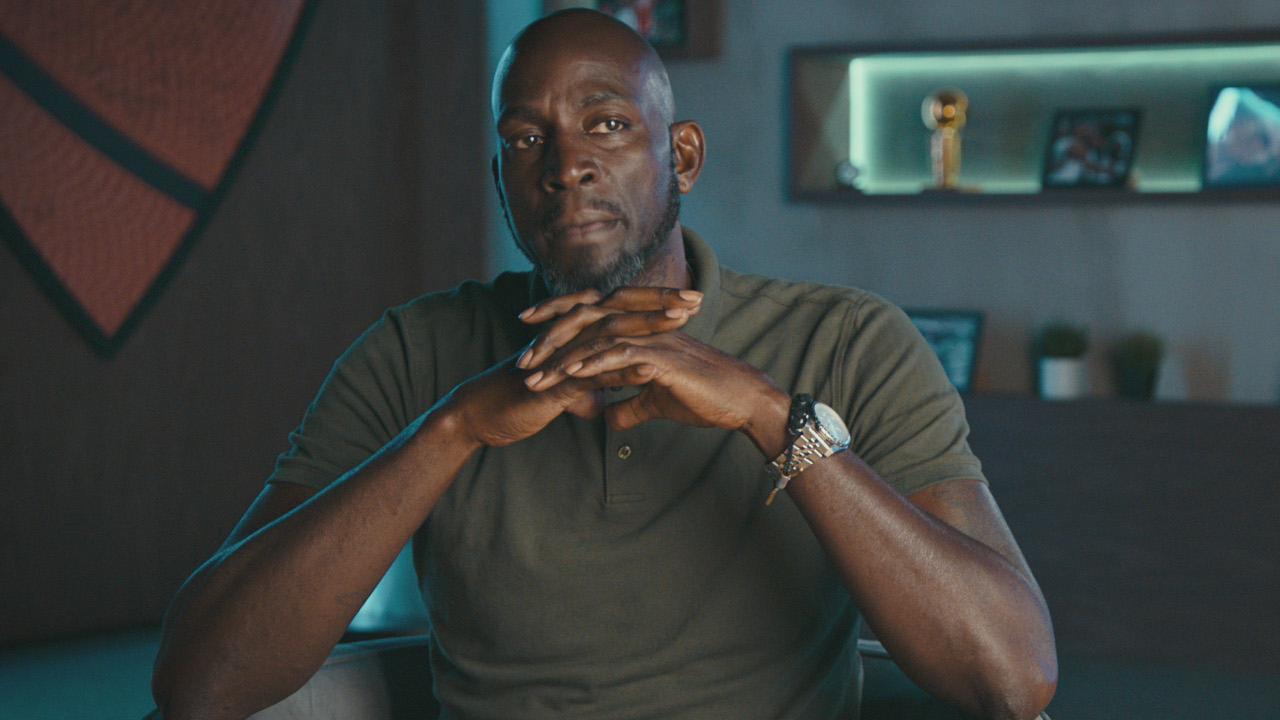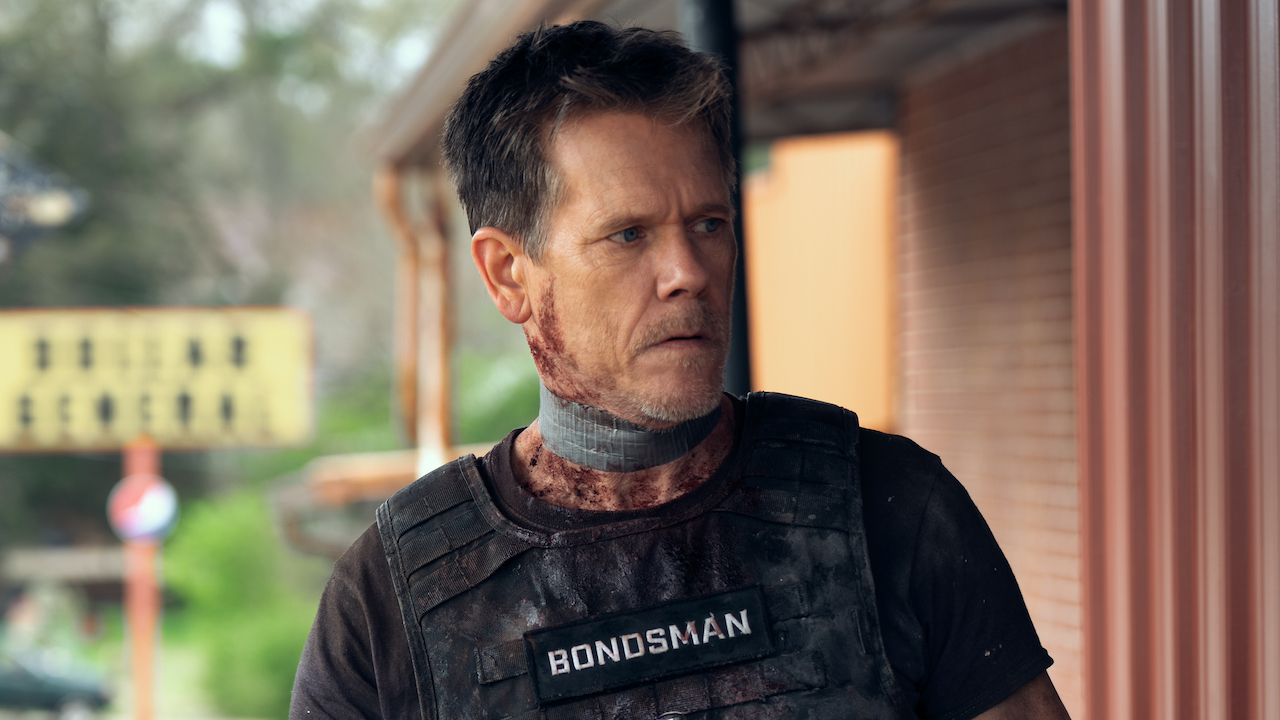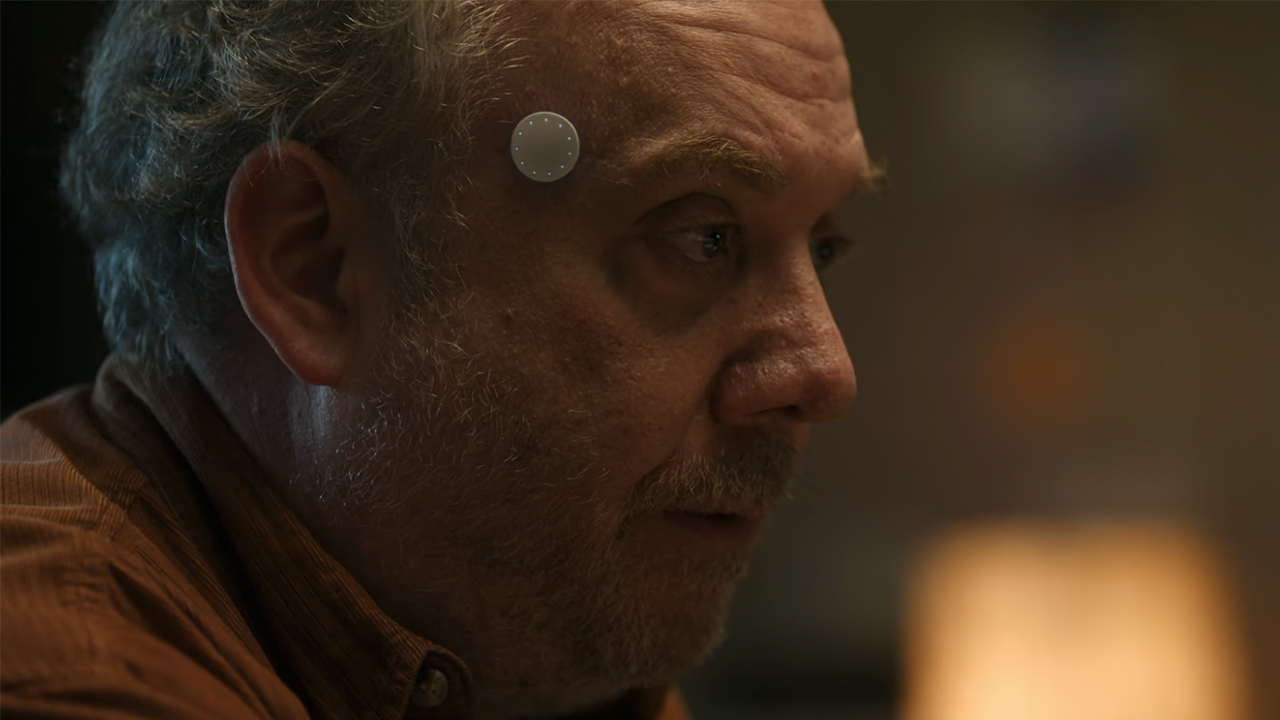Adapting Stephen King's Battleground: The 2006 Nightmares & Dreamscapes Premiere Is Like Toy Story With A Horror Twist
William Hurt stars as a hitman attacked by a literal army of toys.
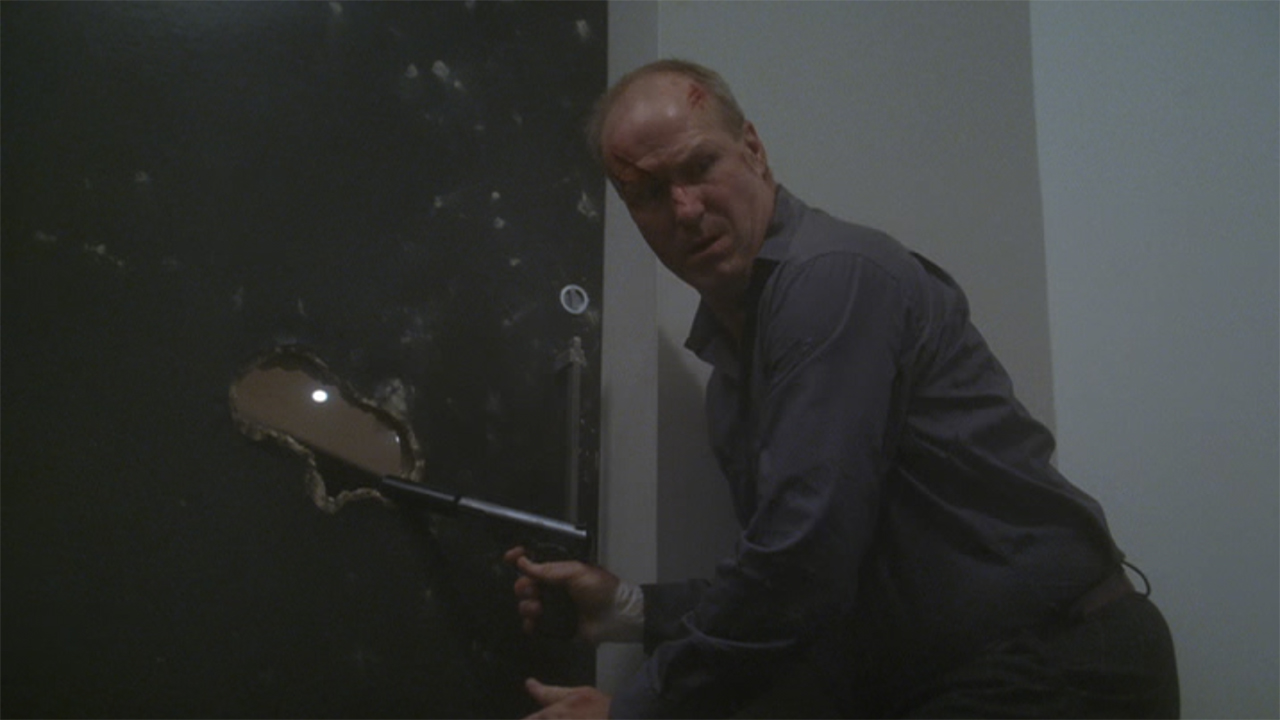
Given the fact that Stephen King has been writing short stories alongside his novellas and novels for the entire span of his career, anthologies have always been a wonderful avenue for filmmakers to take in adapting the author’s work – both for the big screen and the small. This was first learned in the making of George Romero’s 1982 film Creepshow, which saw King crafting cinematic treatments of “Weeds” and “The Crate,” and since then we’ve not only seen features like Cat’s Eye, Creepshow 2, and Tales From The Darkside: The Movie, but also episodes of shows including The Twilight Zone, Tales From The Darkside, and The Outer Limits.
What took decades to come together, however, was an anthology series where every episode would be based on a Stephen King story. According to Scott von Doviak’s Stephen King Films FAQ, development attempts at different networks were frozen due to expected conflicts with standards and practices, including a version that was being championed by Charlie’s Angels and Beverly Hills 90210 producer Aaron Spelling.
What the idea needed was a home where content censorship wasn’t going to be a hindrance, and it eventually found it in basic cable television – namely on TNT. In 2004, the network was pleased with the audience drawn in by the miniseries remake of Salem’s Lot, and almost exactly two years later they were committed to releasing Nightmares & Dreamscapes: From the Stories of Stephen King, a show that ran for eight episodes and aired in two hour blocks from July 12 to August 2, 2006.
For the next eight weeks, Adapting Stephen King will dive into the show and each of the diverse and fantastic stories – starting with the premiere: “Battleground,” written by Richard Christian Matheson (the son of sci-fi legend Richard Matheson), directed by Brian Henson (son of the legendary Jim Henson), and starring Academy Award-winner William Hurt.
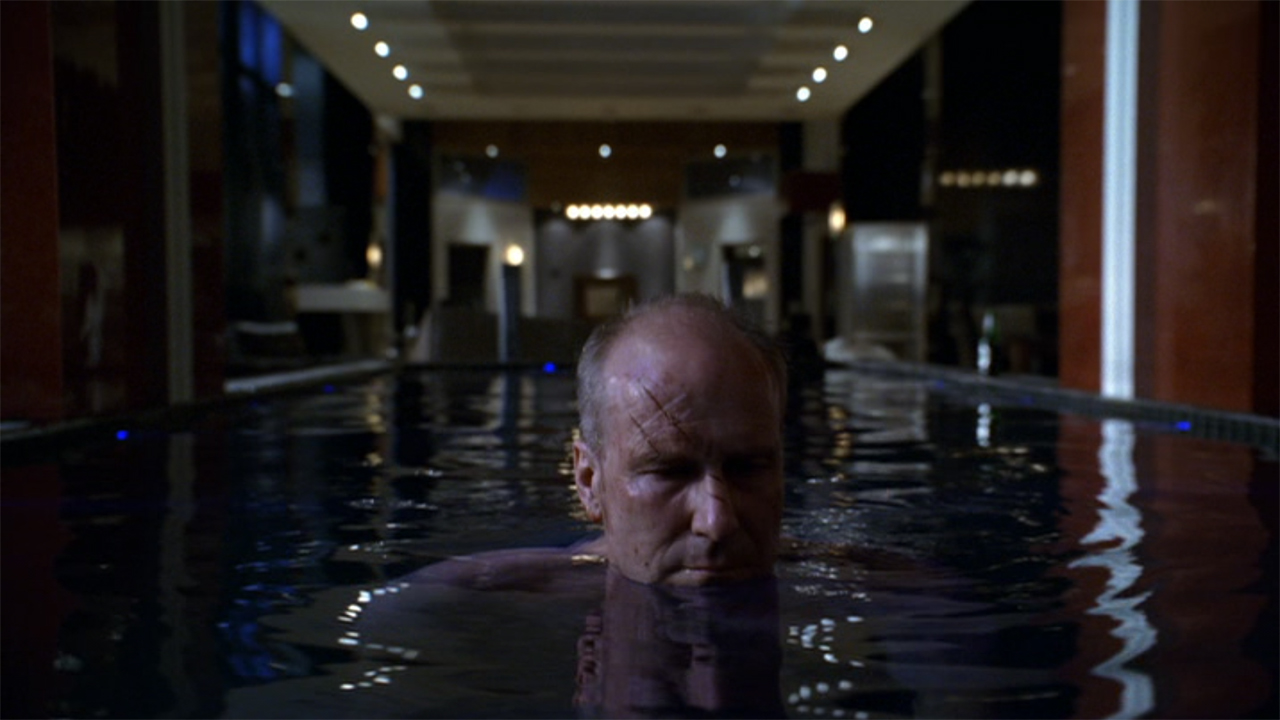
What “Battleground” Is About
One of Stephen King’s most recent books, Billy Summers, has the author spinning a tale about a professional assassin, and while it’s a deviation from the kind of characters that he usually writes about, it’s not the first time he’s explored the world of contract killing. “Battleground” is a short story King had published nearly half a century earlier – first appearing in the September 1972 issue of Cavalier before being included in the 1978 collection Night Shift.
It’s not precisely a psychologically driven narrative about the weight that killing people for a living has on one man’s soul. It’s not even really about a hitman executing a hit. What it focuses on are the consequences that arise after a murderer makes the mistake of killing what turns out to be a special man – Hans Morris, the founder and owner of the Morris Toy Company.
Arriving back to his high-rise apartment after the job, John Renshaw is alerted that a package has been left for him. After dismissing the idea that it could be a bomb, he slowly unwraps it. What he discovers is a G.I. Joe Vietnam Footlocker – a long box filled with dozens of green army men along with a fleet of helicopters and jeeps. At first Renshaw doesn’t know what to make of the delivery, but things become clear and horrifying when the toys begin to move on their own and open fire on him.
CINEMABLEND NEWSLETTER
Your Daily Blend of Entertainment News
The mini bullets peck his skin, mini bayonets cut, helicopter blades slash, and missile launchers threaten to put a hole in him. Being the skilled killer that he is, however, Renshaw has the knowhow and hardware to fight back. Never overtly phased by the fact that he is being attacked by a collection of toys, he opens fire on the little figures with a .44 Magnum that he keeps under his pillow, and crafts an improvised firebomb out of a can of lighter fluid and a strip of fabric torn from his shirt.
When Renshaw heaves his homemade incendiary device into the footlocker that the toy soldiers are using as a safe haven, there is a brief moment when he thinks that he is going to survive and make it out of the bizarre situation alive… but that’s just because he is ignorant of the fact that there is a limited edition special surprise included in the package that ends up killing him and blowing up his apartment.
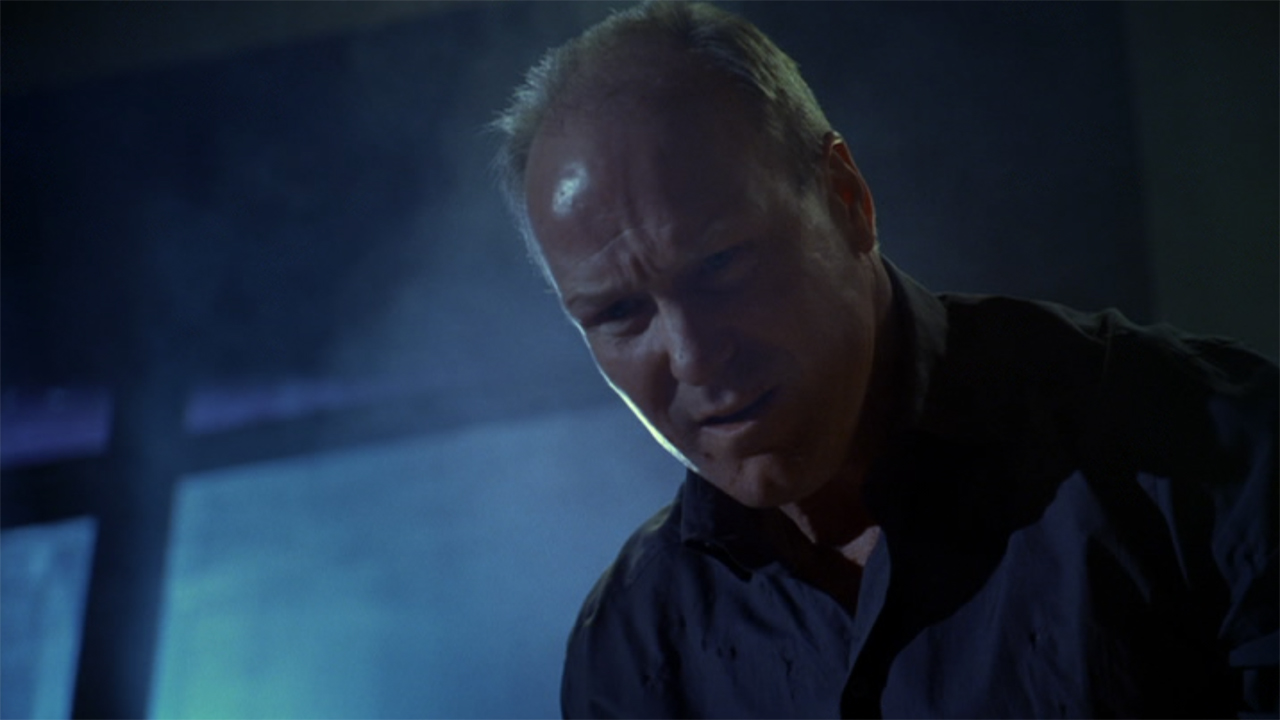
How Nightmares & Dreamscapes’ “Battleground” Differs From The Short Story
Being only 10 pages long, “Battleground” is one of the shortest entries in Night Shift, and while it features a lot of action in that brevity, it doesn’t provide quite enough content alone to fill a 50 minute television episode. Because of this, the name of the game for Richard Christian Matheson in writing the teleplay was expanding the material without diluting it. All of what Stephen King originally got published is featured in the adaptation, but the first and third acts are built out, and there is a special stylistic choice employed: the whole thing is dialogue-free.
Funny enough, King’s “Battleground” begins with a quote – the desk clerk calling to the protagonist to inform him about the arrival of the mystery package – but Nightmares & Dreamscapes forgoes that line and all others as it plays out its drama without any of the characters speaking to one another (or even themselves). It proves to be a fun challenge that is well-executed, especially given the new scenes invented for the show.
John Renshaw in the book becomes Jason Renshaw (William Hurt) in the anthology series – likely the result of a name clearance issue – and instead of being introduced as he gets home post-assassination, the episode begins with him carrying out the job. He’s clearly shown as a clever, dangerous, and professional killer, using a creepy, face-distorting mask; fooling the security guard with a just a flip phone and a message about a bomb; and murdering Hans Morris (Bruce Spence) with four quick shots to his head and heart.
Original scenes then feature Jason then flying home and seeing the news of Morris’ death on television screens at the airport – and while they don’t ultimately add anything to the narrative of “Battleground,” they are moments that allow the filmmakers to have fun with the no-dialogue approach. For example, a fellow passenger on the plane (Mia Sara) simply mouths a request for gum to Jason because he has headphones in his ears, and the TVs in the terminal are on mute, which means that Jason sees the reporting of Morris’ murder via closed captioning.
The events of Stephen King’s “Battleground” play out as the episode’s second and third acts, but the adaptation significantly adds to the conclusion. This is primarily done via the addition of a “Commando” toy that comes as a bonus surprise in the delivered footlocker. The Rambo-esque figure is the only toy left alive after Renshaw executes an assault that sees all of the other soldiers and vehicles destroyed, and he plots his attack shortly after the human thinks that the chaos is over.
While Renshaw is taking a dip in his pool, the Commando successfully slashes the man’s wrist, and the hitman goes to the elevator after wrapping the cut – needing to go to the hospital. The toy is able to stop the car, however, and proceeds to nearly kill the protagonist. Eventually, Renshaw gets the upper hand and is able to crush his mini attacker between closing elevator doors… but it turns out that the figure wasn’t the only bonus surprise that was in the footlocker. Just like in Stephen King’s short story, the set also includes a “Scale Model Thermonuclear Weapon,” and it detonates in the seconds after the Commando dies.
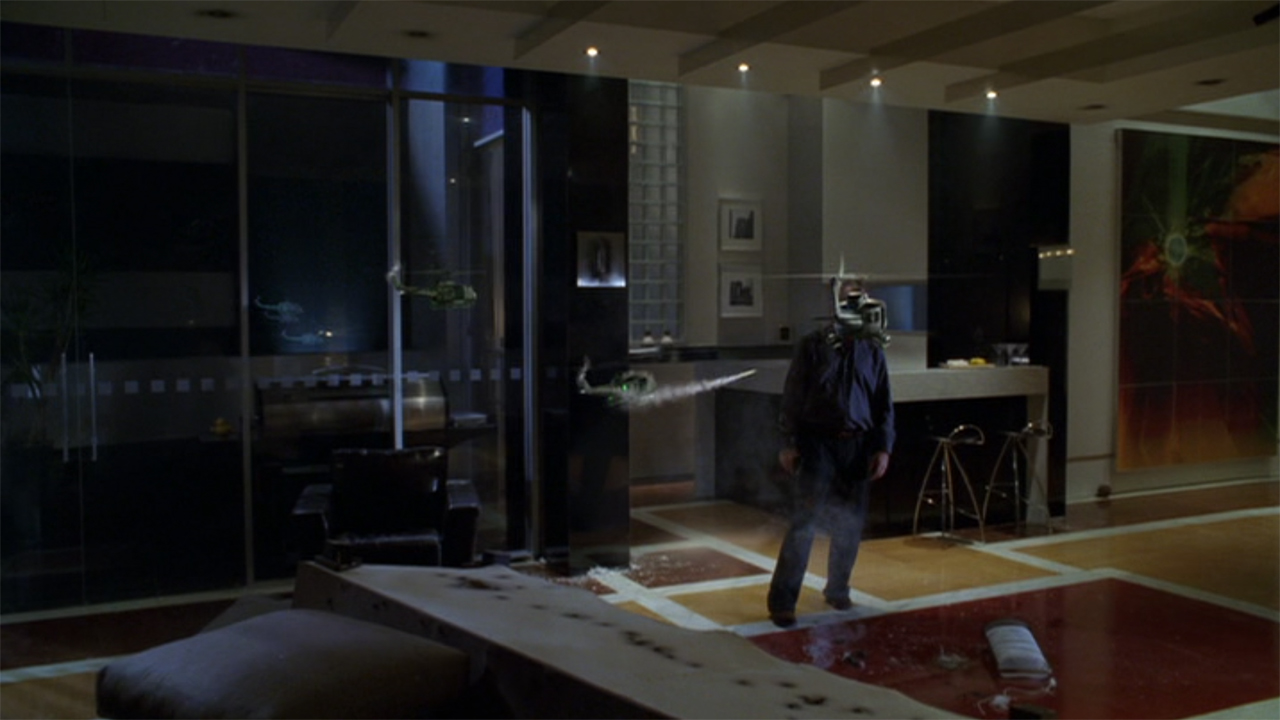
Is It Worthy Of The King?
In strategizing the release of Nightmares & Dreamscapes: From the Stories of Stephen King, obviously it was an imperative for the show to put its best foot forward with its premiere and demonstrate what kind of compelling tales of terror the series would provide. Ultimately, I would say that I don’t specifically agree that “Battleground” is the “best” that the eight episode run has to offer (I’ll get more into that in the weeks ahead), but it is a fantastic accomplishment on both a storytelling and technical level, and it’s a wonderful treatment of the original short story.
The decision to have the story be told without dialogue fits the dictionary definition of “gimmick,” as there isn’t any thematic significance in the choice and it’s not specifically tied into the plot, but nonetheless it’s easy to have an appreciation for how the production pulls it off. It has a surprising verisimilitude, and never feels like it is bending over backwards to get away with the aesthetic. Not having any lines puts a greater responsibility on the actor’s physical and emotional performance to sell the drama and conflict, but that’s why you hire a phenomenal, high-caliber talent like William Hurt to play the role (and his turn is fantastic).
What really makes “Battleground” a standout piece of work, however, is the fantastic visual effects work. There are Stephen King adaptations that feature dreadful digital renderings (I’m looking right at you, The Langoliers), but what’s featured in the Nightmares & Dreamscapes premiere is fantastic for the year 2006 and holds up tremendously well more than a decade-and-a-half later. The Emmy that the episode won for its VFX was well deserved (and the same can be said for the award-winning score by Jeff Beal).
It’s also a case of an adaptation finding a nice balance between being faithful to the source material and trying to do its own thing. I can’t say that the additions that are made to Stephen King’s original short story deepen themes or our understanding of the character, but they do make the narrative more cinematic and add legitimately compelling moments – like Renshaw somersaulting off the roof of an elevator car onto another as it drops by so that he can get away from the Commando and regroup.
I could honestly see a remake of “Battleground” happening someday – perhaps expanding the narrative even further and making a movie that functions like a hyper-violent version of Toy Story. It’s not strictly necessary, though, as what’s in Nightmares & Dreamscapes is a wonderful treatment of Stephen King’s vision.
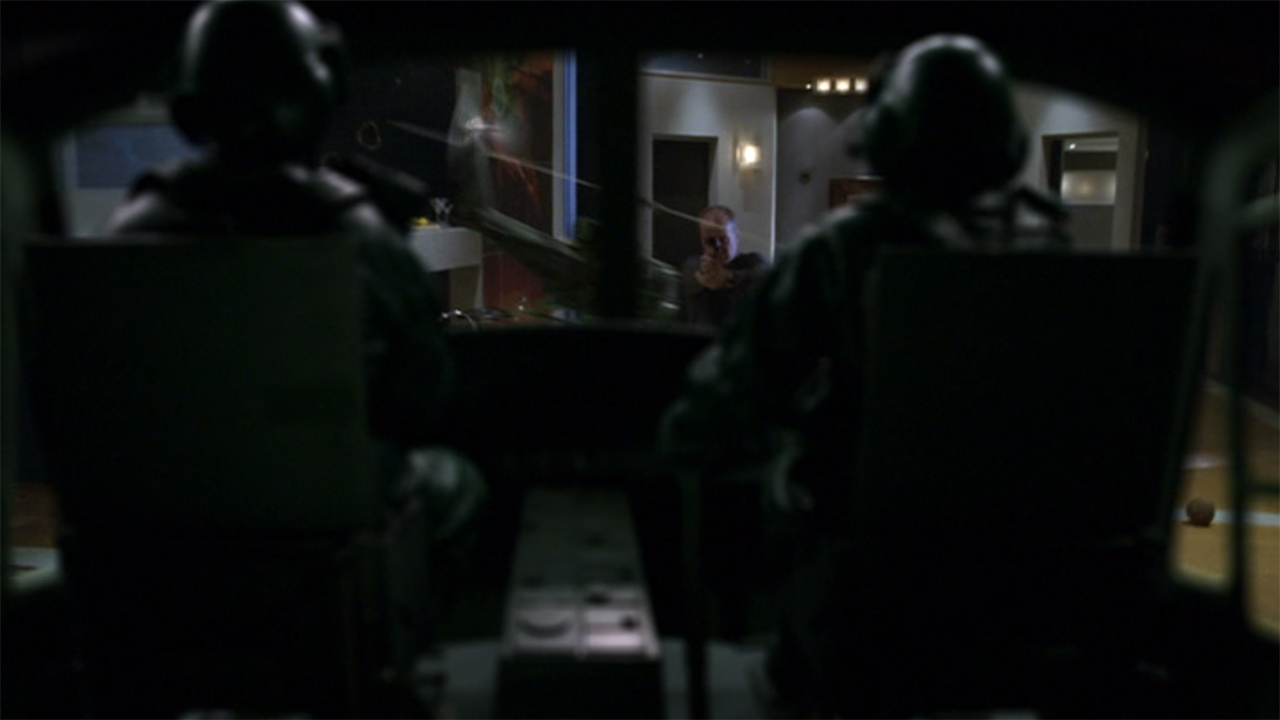
How To Watch Nightmares & Dreamscapes’ “Battleground”
So here comes the big bummer that I’ll be repeating weekly for the next two months: Nightmares & Dreamscapes is not a series that has yet made it into domestic world of digital releases and streaming. In the modern age, that’s a pretty big roadblock to people discovering it, and not helping anything at all is the fact that a Blu-ray has never been released. The only way to legally watch the series – and by extension “Battleground” – is to purchase the three-disc DVD set that hit stores back in 2006. It’s not great, but it is inexpensive, and a necessary piece if you’re building the Ultimate Stephen King collection.
Next week, I’ll be digging into Nightmares & Dreamscapes Episode 2, which adapts “Crouch End” – a short story from the show’s titular collection, and a significant work in the King canon in that it’s one of the few he’s written that is set on planet Earth but not in the United States. Look for the pieces here in the CinemaBlend Television section on Wednesday, and until then you can check out all of the previous Adapting Stephen King columns by clicking through the banners below.







Eric Eisenberg is the Assistant Managing Editor at CinemaBlend. After graduating Boston University and earning a bachelor’s degree in journalism, he took a part-time job as a staff writer for CinemaBlend, and after six months was offered the opportunity to move to Los Angeles and take on a newly created West Coast Editor position. Over a decade later, he's continuing to advance his interests and expertise. In addition to conducting filmmaker interviews and contributing to the news and feature content of the site, Eric also oversees the Movie Reviews section, writes the the weekend box office report (published Sundays), and is the site's resident Stephen King expert. He has two King-related columns.
